
NASA finds 'invisible monster' in space
NASA's Hubble Space Telescope has accidently discovered a possible runaway supermassive black hole that creates a trail of newborn stars. CNN's Tom Foreman reports.
02:29 - Source: CNN
Space 15 videos

NASA finds 'invisible monster' in space

Professor breaks down why Earth's inner core may have stopped
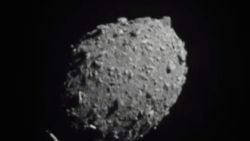
'We have impact': DART successfully alters orbit of asteroid
01:09
Now playing
- Source: CNN Business

'Just moved me': NASA in 'awe' of new images

See Artemis I rocket launch
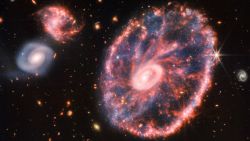
Stunning image shows result of two galaxies colliding
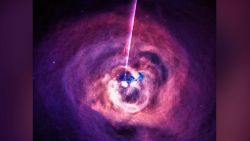
Eerie audio is what a black hole sounds like, NASA says
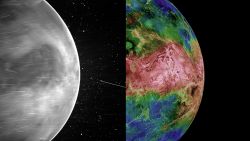
See the first images of the surface of Venus
01:41
Now playing
- Source: CNN Business

Neil deGrasse Tyson explains what NASA's discovery means for life beyond Earth

Watch SpaceX and Axiom land first civilian crew back on Earth

Journey through space with NASA's Voyager
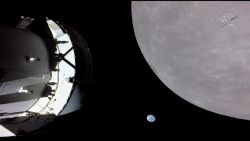
See Artemis I brush past the moon
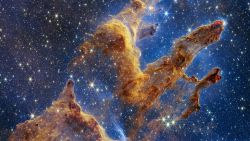
A giant hand? A galloping horse? See stunning image captured by James Webb Telescope

Watch: SpaceX mission brings first Native American woman to space
01:40
Now playing
- Source: CNN Business

This is where Perseverance found more organic matter than ever on Mars
.png)
 1 year ago
7
1 year ago
7









 English (US) ·
English (US) ·